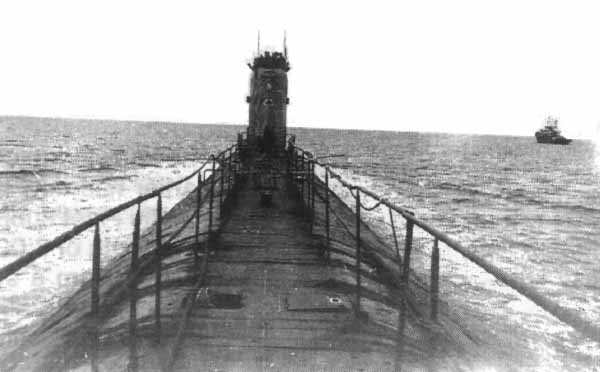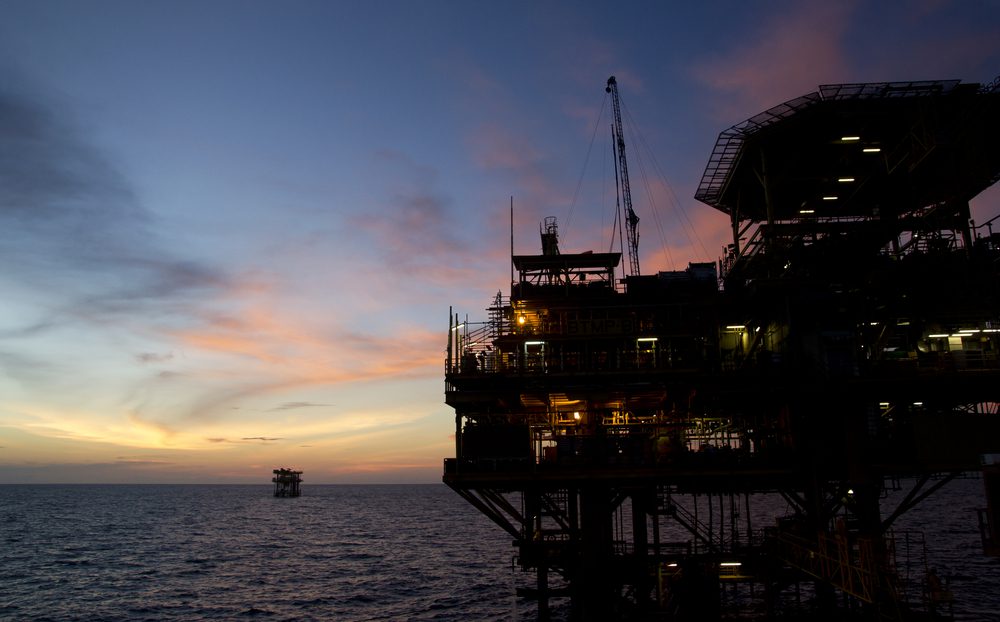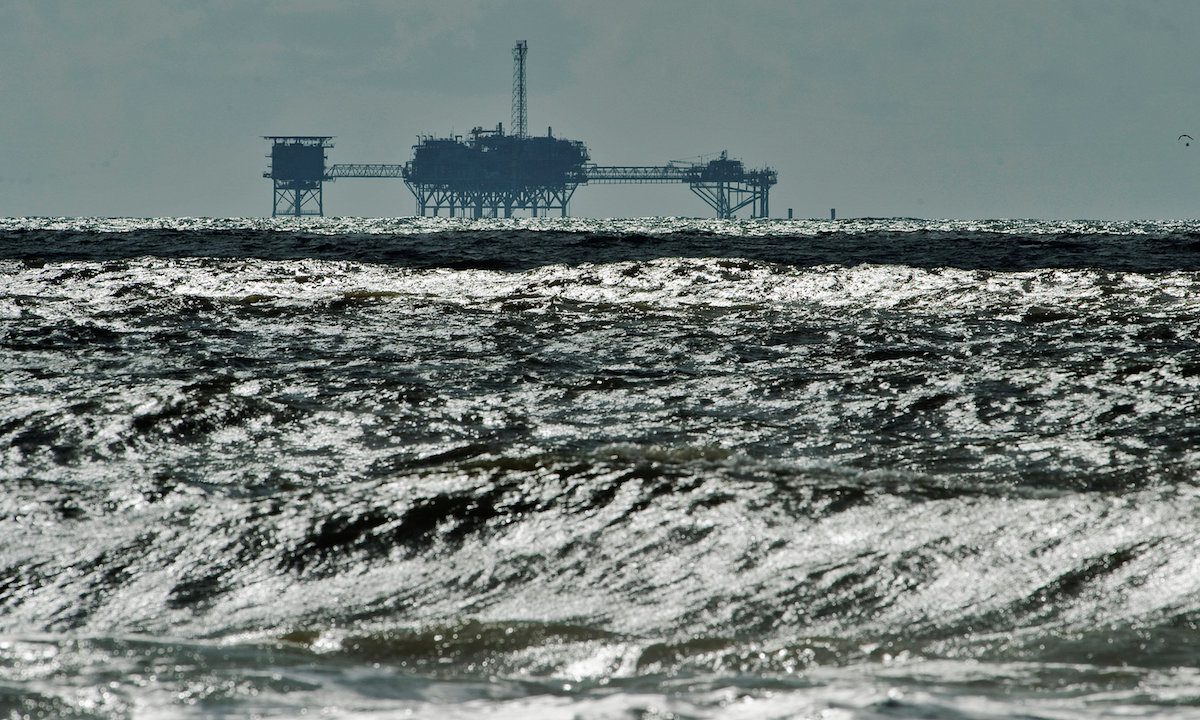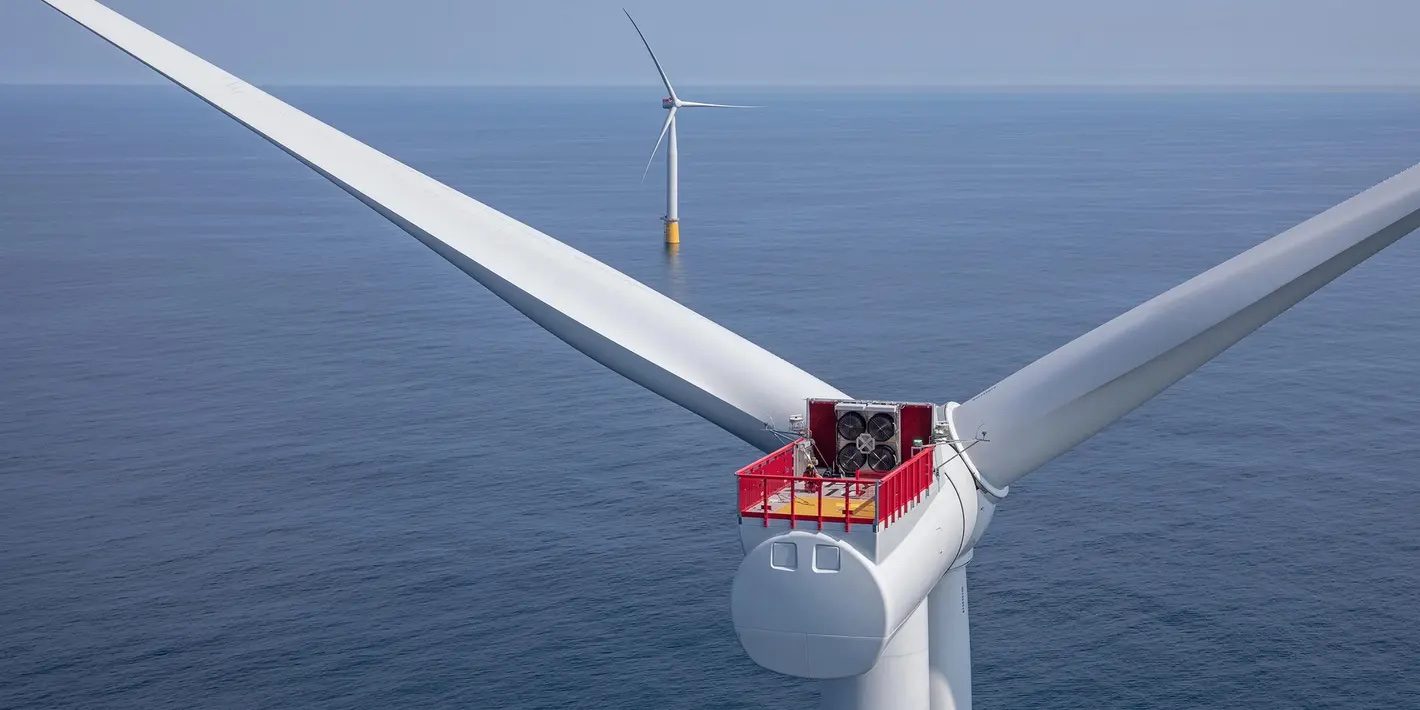According to an official report by the Russian government in March 1993, the Soviet Union dumped six nuclear submarine reactors and ten nuclear reactors into the Kara Sea between 1965–1988, including the K-27 nuclear submarine that some believe poses the highest threat of causing an “uncontrolled chain reaction”.
The Kara Sea, a body of Arctic waters so remote that the Soviet Union used it as an atomic- waste dump for more than 25 years, has become the focus of an environmental battle that oil companies are preparing to win.
Exxon Mobil Corp. and its Russian partner OAO Rosneft are taking steps to drill near the ocean-floor wasteland, eager to plumb an Arctic region estimated to hold enough crude to supply the world for five years. They’ve sidestepped environmental groups’ calls for a clean-up prior to exploration of the area off Russia’s northern coast where Soviet ships dumped worn-out reactors and 17,000 containers of radioactive waste.
Scientists in Norway today, presenting the first survey of the area’s atomic pollution in 18 years, will say there isn’t any increased radiation, according to an official at the Norwegian Radiation Protection Authority. Stable levels may mean major leaks haven’t developed, robbing ecologists of a weapon to stop drilling that oil companies say can be done safely.
“All ecological and nature protection norms are being followed at the same time,” Rustam Kazharov, a spokesman at Rosneft, said by e-mail. The Moscow-based company is preparing for exploration based on Russian law and “the best world practices available.” Exxon and Rosneft this month agreed to start designing a platform to drill in the Kara Sea’s shallow waters. The first well can be started as soon as 2014.
Greenpeace Campaign
The Kara Sea’s toxic history highlights the risks to the Arctic, one of the world’s most remote regions and still a magnet for environmental activism. Politicians including a group of U.K. legislators and ecologists have urged a ban on oil and gas exploration to protect the region from the risk of spills.
Greenpeace has campaigned against Arctic drilling by Royal Dutch Shell Plc in Alaska, Cairn Energy Plc in Greenland and OAO Gazprom in Russia. The activist group will oppose drilling in the Kara Sea regardless of the findings published this week, said Dima Litvinov, a Greenpeace campaigner on Russian issues.
“This waste must be retrieved and stored as safely as possible on land if we are to avoid a catastrophe,” Litvinov said. “Russians, or anyone else, shouldn’t be drilling for hydrocarbons in the Arctic.”
The single most dangerous item at the bottom of the sea is the K-27 nuclear submarine, scuttled by the Soviet navy in 1981. While there’s no sign of increased radiation from the ship, corrosion may damage the ship’s reactor and potentially cause an environmental emergency, according to Norway’s state-run NRPA.
‘Hypothetical Possibility’
“There might be a hypothetical possibility that the spent nuclear fuel in the reactor in extreme situations can cause an uncontrolled chain reaction, which can lead to heat and radioactivity releases,” said Per Strand, a director at the agency, which backed the international scientific expedition.
Authorities in Russia and Norway need to decide on the safe disposal of K-27, the top priority, Strand said in an interview. International scientists, who last measured pollution in the Kara Sea in 1993, haven’t so far discovered increased levels of radiation, he said, citing the survey’s preliminary results. The sea lies about 600 miles (965 kilometers) to the east of Norway.
“Oil companies should make sure that the area is swiped clean of nuclear waste before they start any oil exploration activity,” said Igor Kudrik, an ecologist from Norwegian campaign group Bellona. “In the worst-case scenario — that is, an uncontrolled chain reaction in the reactor of K-27 — radiation will spread in the Kara Sea and create major difficulties for any industrial activity.”
Arctic Risks
Rosneft, Exxon’s partner and Russia’s state oil company, last month began surveying the East Prinovozemelsky 1 and 2 license blocks. Block 1 is adjacent to the Novaya Zemlya archipelago, where the Soviet regime dumped reactors and waste, according to research published in 1993 by Russian scientist Alexei Yablokov.
“Prior to drilling any well we study the seabed in the surrounding area for potential hazards,” Patrick McGinn, a spokesman at Irving, Texas-based Exxon, said by e-mail. “This is standard industry practice.”
Until 1992, the Soviet Union dumped solid and liquid waste in the neighboring Kara and Barents Seas, including atomic fuel from the icebreaker Lenin, the world’s first nuclear-powered civilian vessel, according to an NRPA report. There’s still a lack of comprehensive data about the dumping because of Soviet secrecy and poor accountability, said Bellona’s Kudrik.
Removing Submarine
The three blocks where they’ve been granted permission may hold as much as 21 billion metric tons (154 billion barrels) of oil and natural gas, the Russian company says. That would be almost five years of global oil use, according to BP Plc data.
Removing the K-27 submarine is a priority for the region, said Yablokov, who advised former President Boris Yeltsin on the environment. A reactor leak on the ship killed nine sailors in 1968. The navy tried to repair it before deciding to seal the nuclear units and sinking the ship 13 years later.
“K-27 is a dangerous object and there are plans to lift it from the sea bottom for proper disposal,” Yablokov said in a phone interview. “Technically it’s possible.”
Sergei Novikov, a spokesman at state-run Rosatom Corp., which oversees Russia’s nuclear industry, wasn’t available to comment following calls to his office and mobile phones. Anatoly Zakharchev, the head of the submarine decommissioning unit at Rosatom, also wasn’t available to comment.
The catalog of atomic material dumped in the Kara Sea includes liquid, reactors, spent nuclear fuel, 19 ships carrying solid waste and 17,000 containers, according to the NRPA. The content of many is unknown, Yablokov said.
Dumped Waste
Some of the containers were shot with machine guns to sink them when they floated in the water, he said. “We know more or less precisely where the largest objects have been dumped,” he said. Oil exploration is unlikely to be affected if it stays away from the shallow waters next to Novaya Zemlya, he said.
Norway’s Statoil ASA and Eni SpA of Italy have set up joint ventures with Rosneft to explore in the Russian area of the Barents Sea, a larger body of water next to the Kara Sea, where the Soviet Union also dumped liquid waste. The partners are targeting about 15 billion and 26 billion barrels of oil and gas resources respectively.
“Companies are turning to frontier areas for new resources as conventional production regions like the North Sea have matured,” Stuart Joyner, an Investec Securities Ltd. analyst in London said. “International oil companies are being offered concessions in the Arctic because Russian companies like Rosneft don’t yet possess the technological capability to explore alone.”
Statoil will invest about $2.5 billion in initial exploration with Rosneft, including additional areas in the Sea of Okhotsk. “We do not expect nuclear waste issues to hinder the joint exploration,” Baard Glad Pedersen, a spokesman at Statoil, said by e-mail.
Eni and Rosneft plan to drill the first well in Russian areas of the Barents Sea before 2020, according to Rosneft. A spokesman at Eni declined to comment.
-By Eduard Gismatullin. Copyright 2012 Bloomberg.

 Join The Club
Join The Club











